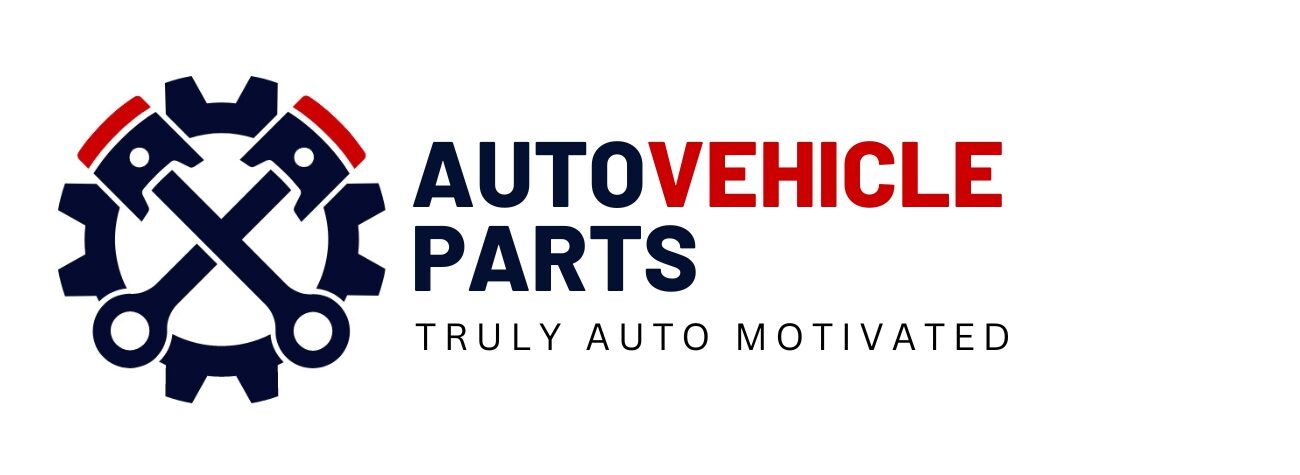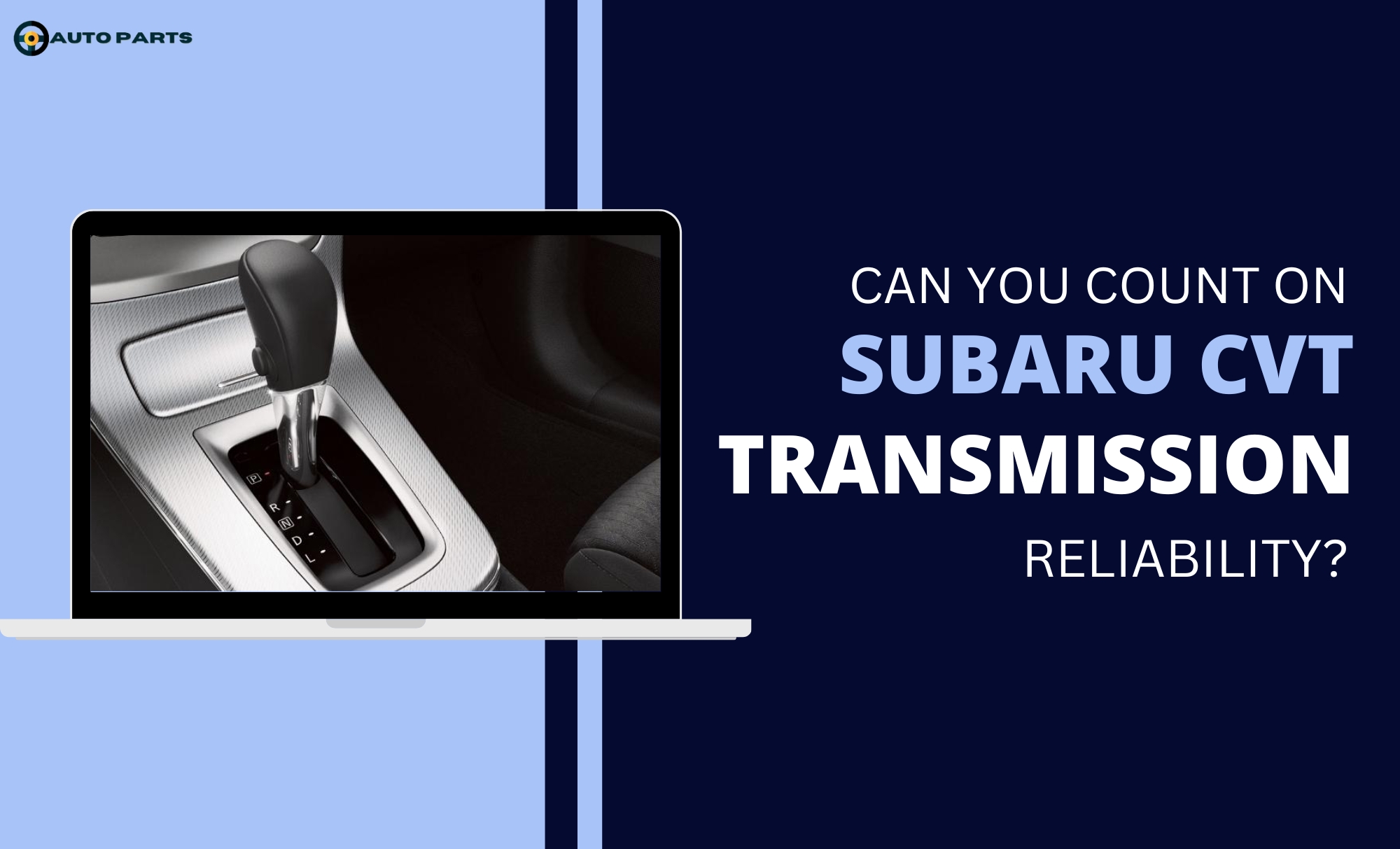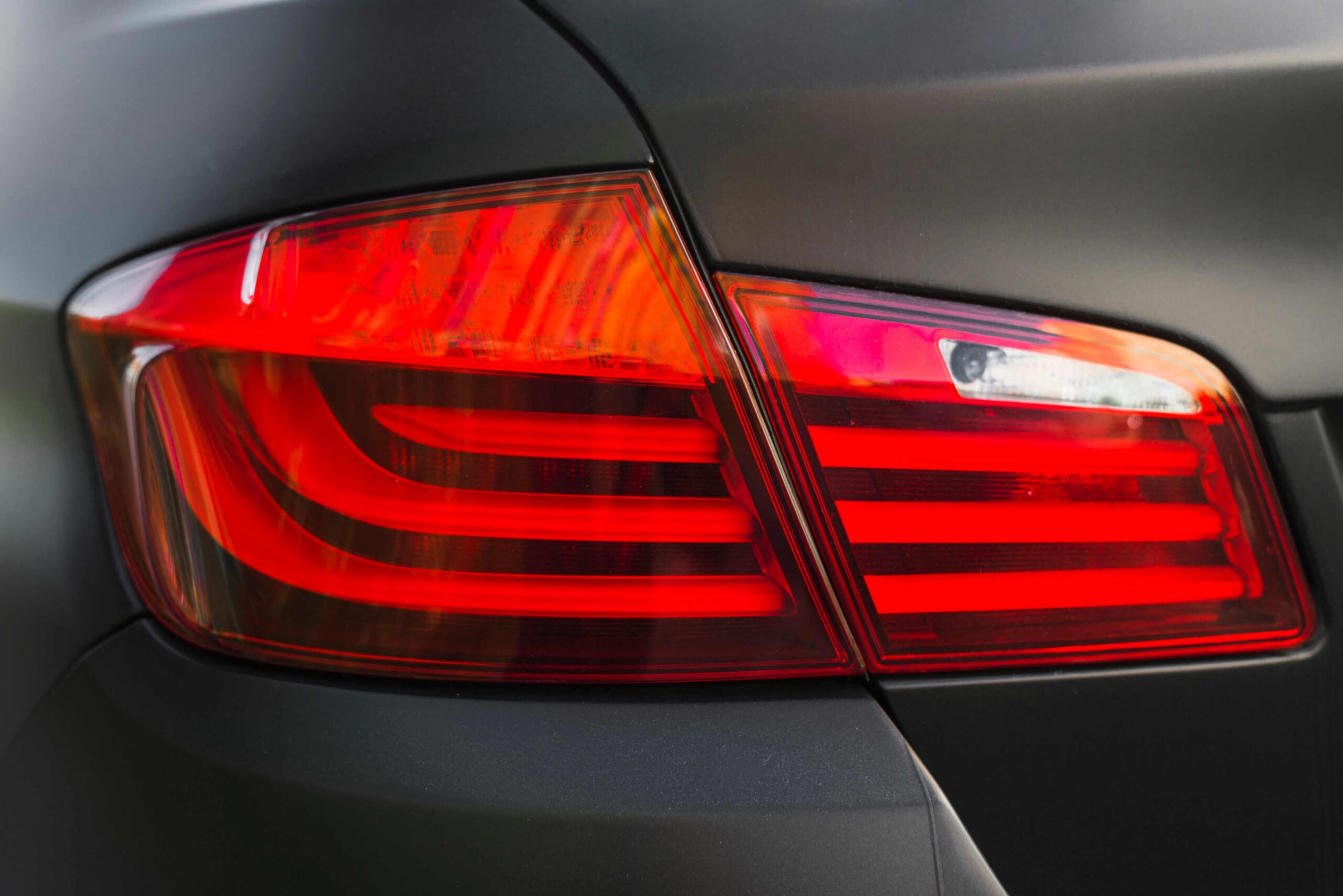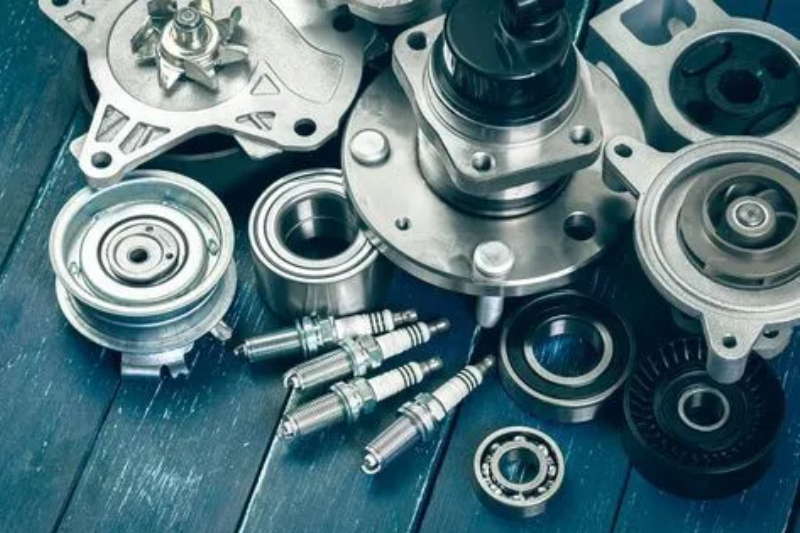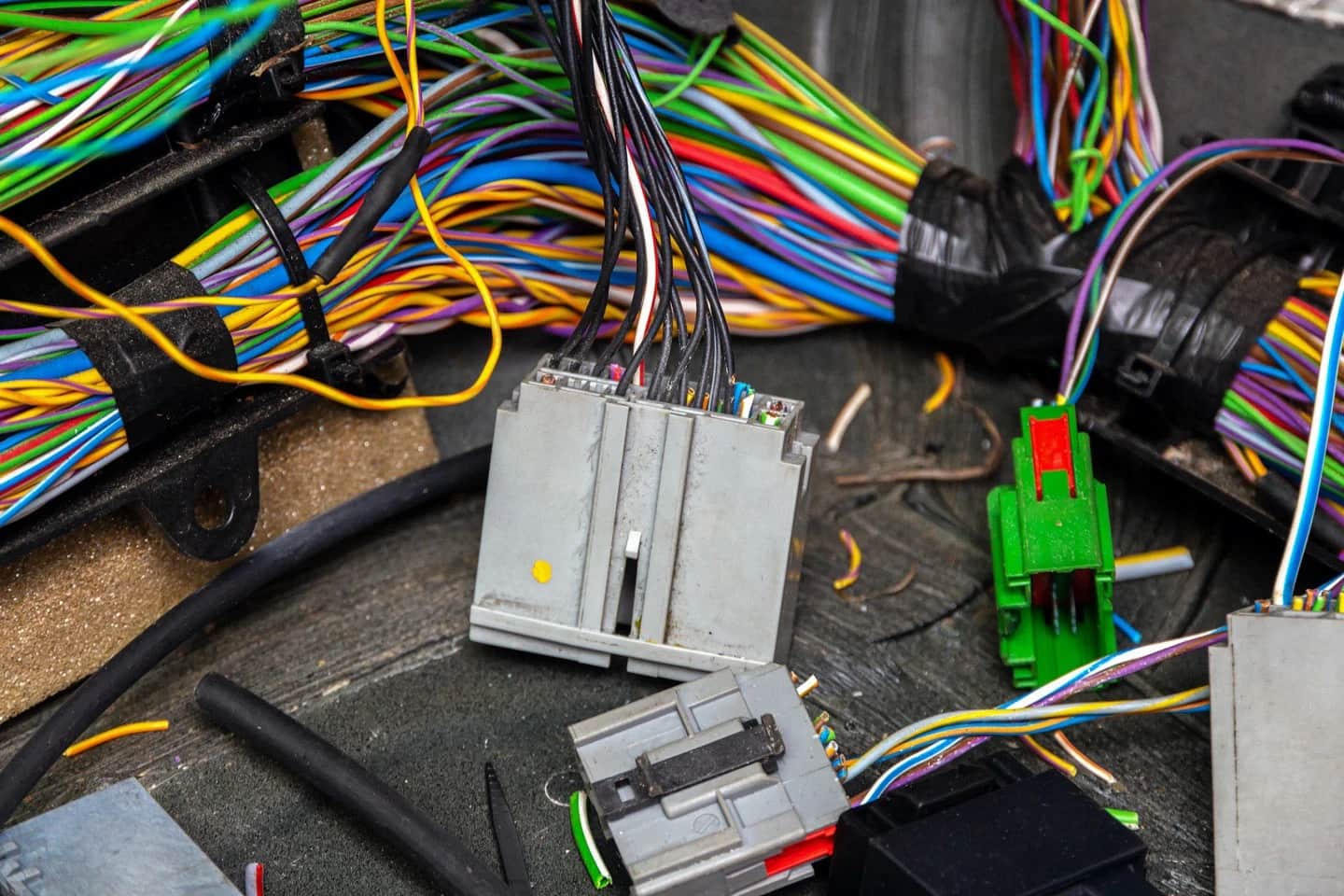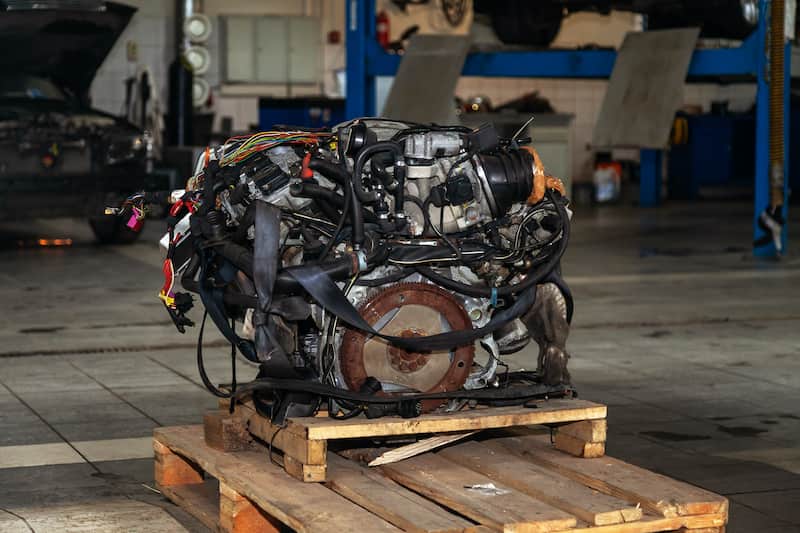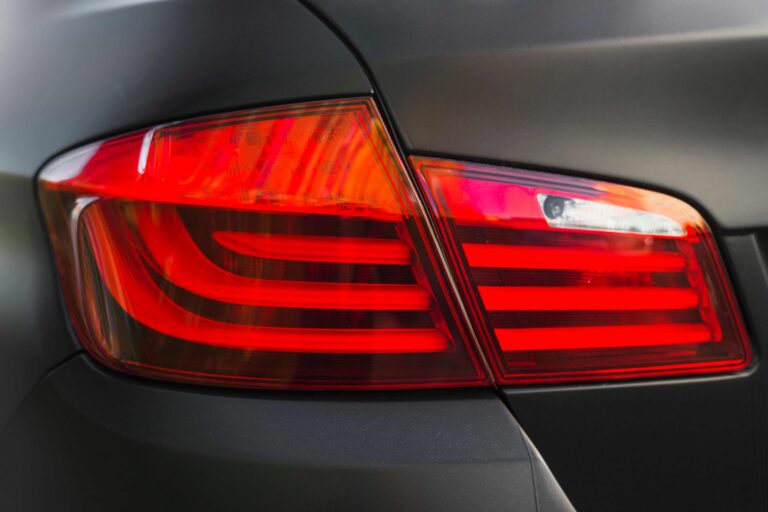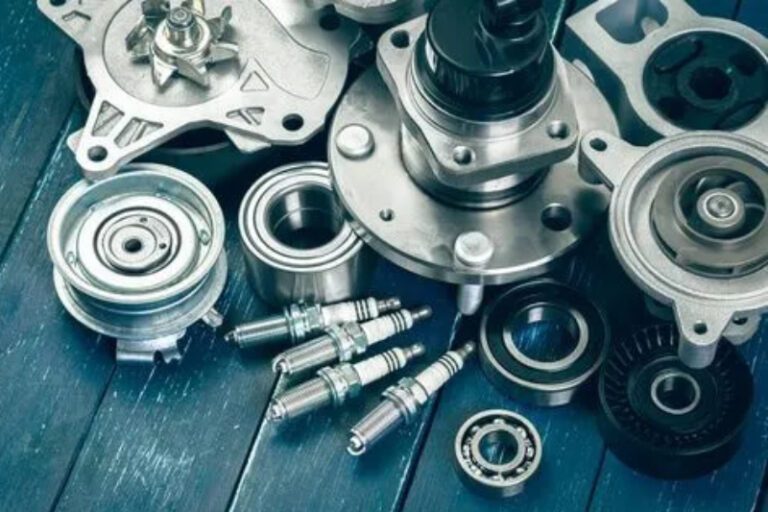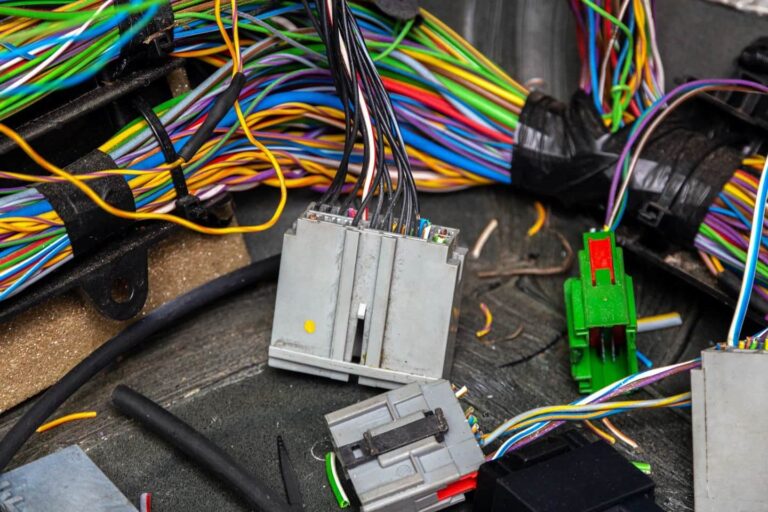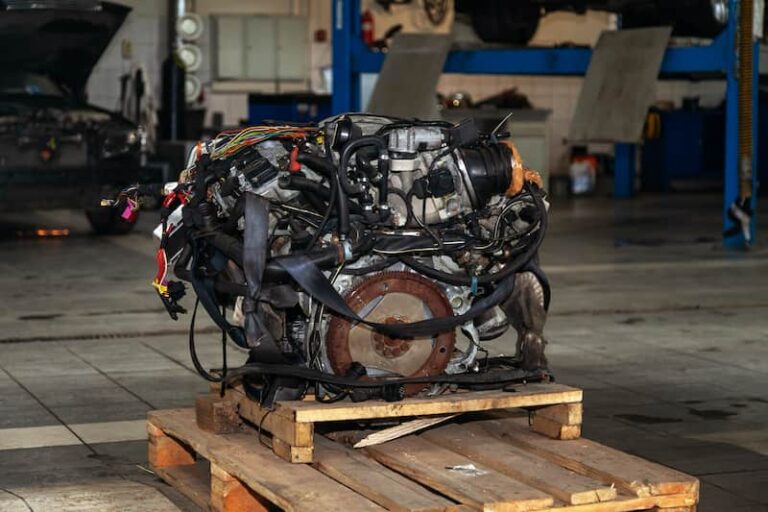Subaru has built a solid reputation for making safe, dependable vehicles loved by drivers across the U.S. and worldwide. Their all-wheel-drive systems, EyeSight driver assist, and impressive safety scores make Subaru a top choice for many families. But one question often sparks debate among car enthusiasts: Can you count on Subaru CVT transmission reliability?
CVT – short for Continuously Variable Transmission – is a modern take on how power gets from your engine to your wheels. It’s designed for smoother acceleration and better fuel efficiency. Yet, like every technology, it has both perks and pitfalls. Let’s dive deep into the reliability of Subaru’s CVT system, exploring what makes it shine and where it struggles.
What Is a CVT Transmission?
A CVT doesn’t use traditional gears like manual or automatic transmissions. Instead, it uses a belt-and-pulley system that continuously adjusts to deliver optimal engine performance. This allows for smooth transitions without the typical “gear shifting” sensation.
Subaru first introduced CVT technology back in the late 1980s with the Subaru Justy. While early versions weren’t perfect, the automaker refined the system significantly over the decades. Today, Subaru’s Lineartronic CVT is used in most of its lineup, from the Outback to the Forester and Crosstrek.
Subaru CVT Reliability: A List of Pros and Cons
Every car component has strengths and weaknesses, and Subaru’s CVT is no exception. Here’s what you should know.
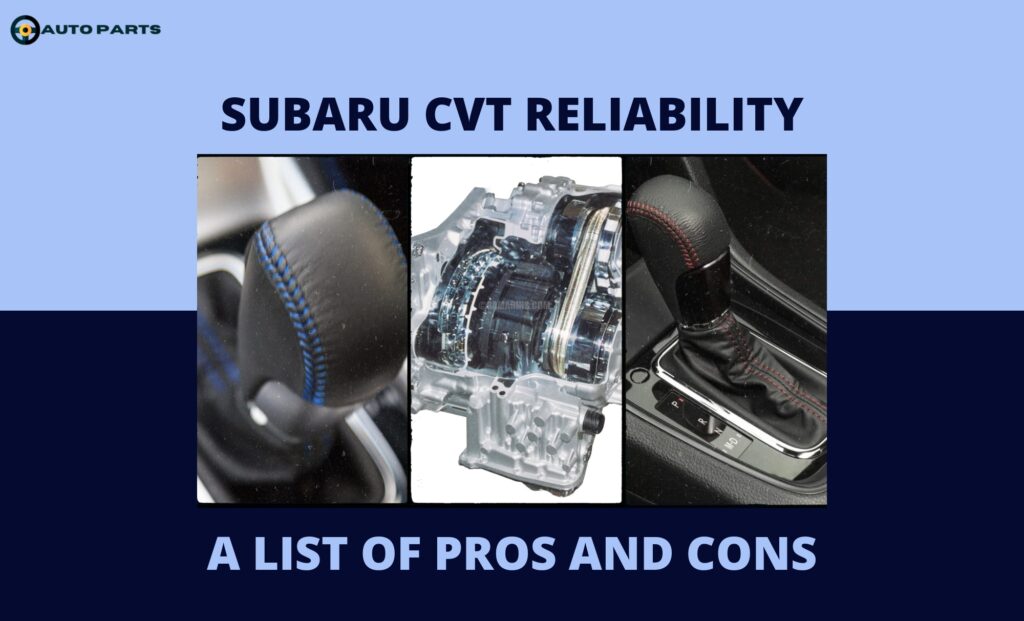
Advantages of Subaru’s CVT Transmission
1. Better Fuel Efficiency
One of the most noticeable perks of Subaru’s CVT is improved gas mileage. The transmission keeps the engine running at its most efficient RPM, helping reduce fuel consumption. Especially for city drivers or those with stop-and-go commutes, CVTs can save a noticeable amount of fuel compared to traditional automatics.
2. Smooth Acceleration and Power Delivery
Unlike conventional transmissions that shift between gears, a CVT smoothly transitions through an infinite range of ratios. This eliminates “shift shock” – the jolt you feel when gears change – providing a seamless driving experience. It’s particularly handy for highway merging and overtaking.
3. Fewer Moving Parts, Fewer Problems
Since CVTs lack many of the gears found in standard transmissions, there are fewer components to wear out. This often means reduced friction, vibration, and internal heat. As a result, well-maintained Subaru CVTs can last a long time before major issues arise.
4. Lightweight and Efficient
The CVT’s design is lighter than traditional transmissions. This helps improve acceleration and fuel economy, enhancing the car’s overall performance.
A Glimpse of Subaru CVT Problems
Now for the other side of the story – because no system is perfect.
1. Noisy Operation
Many Subaru owners report that CVTs can be louder than conventional transmissions. This is because they allow the engine to run at higher RPMs, especially during acceleration. While this isn’t necessarily harmful, it can be annoying for some drivers who expect quieter performance.
2. Expensive Repairs and Replacements
When CVT problems occur, repairs aren’t cheap. These transmissions are complex and require specialized knowledge. Most general mechanics can’t rebuild a CVT, so you’ll likely need to go to a Subaru dealer. Replacing a CVT can cost between $7,500 to $8,500, depending on the model and year.
3. Overheating Issues
In some older Subaru models, CVT overheating was a recurring issue, especially under heavy loads or steep inclines. Subaru addressed this by extending warranties on certain models and improving fluid cooling systems in newer designs.
4. Lag and Hesitation
Some drivers notice sluggish acceleration or delayed response, particularly when starting from a stop. This “rubber band” feeling occurs because of how the CVT adjusts engine speed versus wheel speed. Regular fluid maintenance can help reduce this symptom.
Subaru CVT Symptoms: Signs of Trouble
Recognizing early warning signs can help you avoid costly repairs. Here are common symptoms that suggest your Subaru CVT might be acting up:
- Delayed or sluggish acceleration
- Jerking or shuddering during acceleration
- Unusual noises like whining or humming
- Transmission fluid leaks
- High RPMs without corresponding speed increase
If you experience any of these symptoms, it’s best to visit a certified Subaru technician before things worsen.
Maintenance Tips for Subaru CVT Longevity
Taking care of your CVT is crucial for reliability. Follow these tips:
- Change CVT fluid regularly. Subaru recommends replacing it every 30,000–60,000 miles, depending on driving conditions.
- Avoid aggressive driving. Hard acceleration and towing heavy loads can strain the transmission.
- Keep your car’s software updated. Subaru often releases transmission software updates that improve performance and reliability.
- Use genuine Subaru CVT fluid. Using the wrong fluid type can cause serious damage.
With proper care, many Subaru CVTs can last 150,000 miles or more without major issues.
Are Subaru CVTs Reliable Overall?
Yes – mostly. Subaru has ironed out many early CVT flaws, and newer models perform far more reliably than older ones. Consumer reports and owner reviews consistently show that Subaru CVTs are durable when maintained properly. In fact, Subaru has one of the highest reliability ratings in its class, with a 73 out of 100 score for dependability.
While repair costs are higher, the benefits of smooth driving, excellent fuel economy, and low maintenance frequency make Subaru’s CVT a solid choice for most drivers.
Conclusion
So, can you count on Subaru CVT transmission reliability?
Absolutely – provided you maintain it well and understand its characteristics. Subaru’s CVT technology has matured over time, offering smoother rides, better fuel efficiency, and fewer mechanical hiccups than early models. Sure, it’s not perfect – repairs are costly, and the system can be noisy – but overall, Subaru has done an excellent job refining the CVT experience.
If you’re considering a Subaru, rest assured that its CVT is engineered to last. Just treat it right, and it’ll return the favor with years of dependable performance.
FAQs
With proper maintenance, Subaru CVTs can last between 150,000 to 200,000 miles, though this varies depending on driving style and conditions.
Yes, Subaru’s Lineartronic CVT is among the most advanced and reliable systems available today, often outperforming other brands’ CVTs in long-term durability.
Replacement costs typically range from $7,500 to $8,500, depending on your model and the labor rates in your area.
Look for signs like high revving, whining noises, hesitation, or leaking transmission fluid. If you spot these, schedule a service appointment immediately.
In many ways, yes. CVTs offer smoother acceleration, better fuel economy, and less wear on parts. However, they can feel different to drive and may be noisier.
